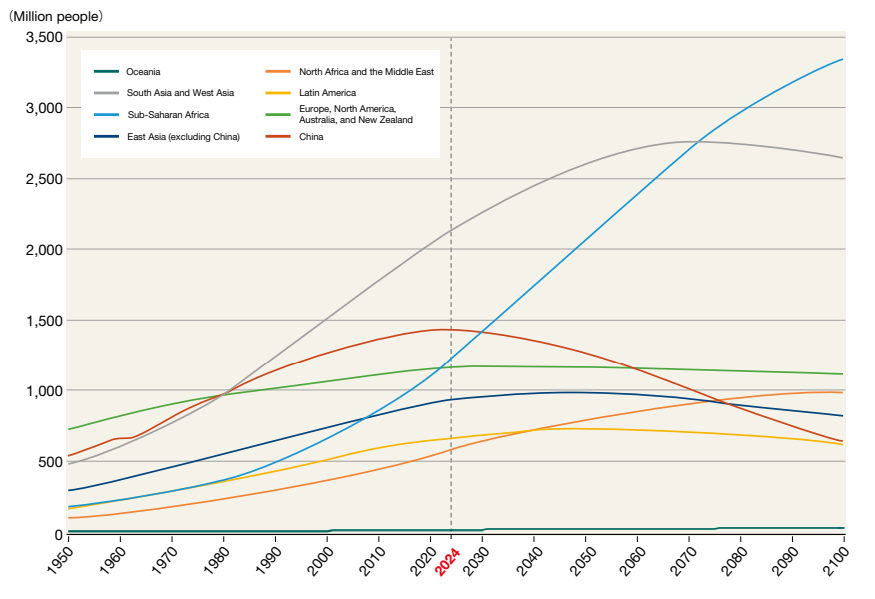ASEAN Reveals Underwater Domain Risk at 2025 ADMM Retreat
Plus coming Kremlin meet; looming semiconductor deal; new maritime plan; regional digital first; intercontinental carbon agreement & much, much more.
Greetings to new readers and welcome all to the latest edition of the weekly ASEAN Wonk BulletBrief! If you haven’t already, you can upgrade to a paid subscription for $5 a month/$50 a year below to receive full posts by inserting your email address and then selecting an annual or monthly option. You can visit this page for more on pricing for institutions, groups as well as discounts. For current paid subscribers, please make sure you’re hitting the “view entire message” prompt if it comes up at the end of a post to see the full version.
For this iteration of ASEAN Wonk BulletBrief, we are looking at:
Assessing the geopolitical and geoeconomic significance of contentious underwater domain conversations within the regional security landscape;
Mapping of regional developments, including Kremlin maritime foray; Indo-Pacific summit diplomacy and rights fallout;
Charting evolving geopolitical, geoeconomic and security trends such as looming semiconductor deal; new maritime plan and regional digital first;
Tracking and analysis of industry developments and quantitative indicators including intercontinental carbon agreement; giant infrastructure pullback; new anti-crime body and more;
And much more! ICYMI, check out our latest ASEAN Wonk Podcast episode on an ex-diplomat’s take on civil war futures and geoeconomics in Myanmar.
This Week’s WonkCount: 2,136 words (~10 minutes)
Kremlin Maritime Foray; Indo-Pacific Summit Diplomacy & More

Resource Dominance Playbook; Mapping Power Futures & Evolving Global South Realities
“Beijing is following its own playbook…a related question is whether policymakers in Western capitals need to empower their export credit agencies and development finance institutions…to level the playing field,” concludes a new report by AidData on China’s advance in overseas transition minerals. The report relies on a first-of-its-kind dataset tracking China’s sectoral financial commitments for key minerals such as cobalt, lithium and nickel across 165 low-income and middle-income countries across over two decades (link).
Percentage of China Transition Mineral Financing in Relation to the Belt and Road Initiative’s Evolution
“A common consensus among all interviewees was that the subsea power cable supply chains in under considerable strain,” observes a new report published by the ASEAN Center for Energy on a playbook for feasibility studies tied to the future of the ASEAN Power Grid. The report includes the snapshot of the state of play as well as recommendations on steps forward (link).
Geographic Map of the ASEAN Power Grid and Schematic Map of Subregional Linkages
“It is clear that China has become increasingly wary of these efforts by developed countries to engage with the Global South,” per a new report in an ongoing Global South series published by the National Institute for Defense Studies in Japan. The report charts the history and context of China’s Global South diplomacy with global as well as regional datapoints, including on demographics, economics and evolving public perceptions (link to PDF).
Predicted Population Changes by Global Subregion
ASEAN Reveals Underwater Domain Risk at 2025 ADMM Retreat
What’s Behind It
Underwater domain awareness (UDA) was a subject of conversation during the recent meeting of Southeast Asian defense ministers in Malaysia1. The mention of UDA during the retreat of the ASEAN Defense Ministers’ Meeting (ADMM) represented one of the “hopeful” ways the grouping is navigating sensitivities in the defense domain, as one official put it to ASEAN Wonk on the sidelines of an Indo-Pacific maritime security conference this week. The ADMM Retreat came alongside other regional interactions during the past few weeks. Geopolitically, this included this year’s first iteration of senior officials meetings on the status of talks around a signed declaration and long-mulled code of conduct on the South China Sea in Jakarta2. On the geoeconomic side, ASEAN economic ministers convened in Malaysia to take stock of items including the state of talks on what would be the world’s first regionwide digital agreement3.
Select Key Recent Developments Between ASEAN and Partners
The meeting was held as countries shape the regional defense agenda for 2025 amid continued uncertainties. On the maritime front, officials indicate efforts continue to incrementally advance discussions on underwater domain awareness (UDA) by emphasizing connectivity with less sensitive geoeconomic areas such as critical underwater infrastructure including subsea cables4. Longtime regional observers know past initiatives by forward-leaning countries such as an underwater code of unplanned encounters at sea (UCUES) and submarine safety information protocol (SSIP) previously did not gain traction, despite more regional states beefing up their submarine fleets5. More broadly, in a preview of advances for the rest of 2025 into 2026, officials declared belated consensus on adding Germany and Turkey into an increasingly intercontinental observer program and acknowledged centrality of artificial intelligence in defense6. This feeds into competing partner visions on critical and emerging technologies and follows ASEAN’s adoption of a new AI guide and roadmap.
Why It Matters
The engagement also shed light on key details in the evolving agenda and their global and regional implications (see originally generated ASEAN Wonk table below on notable datapoints and additional specifics. Paying subscribers can read on for more on what to expect and future implications in the rest of the “Why It Matters” and “Where It’s Headed” sections, along with paid-only sections of the newsletter as usual).
Notable Datapoints To Watch Along With Select Priorities And Key Domains











